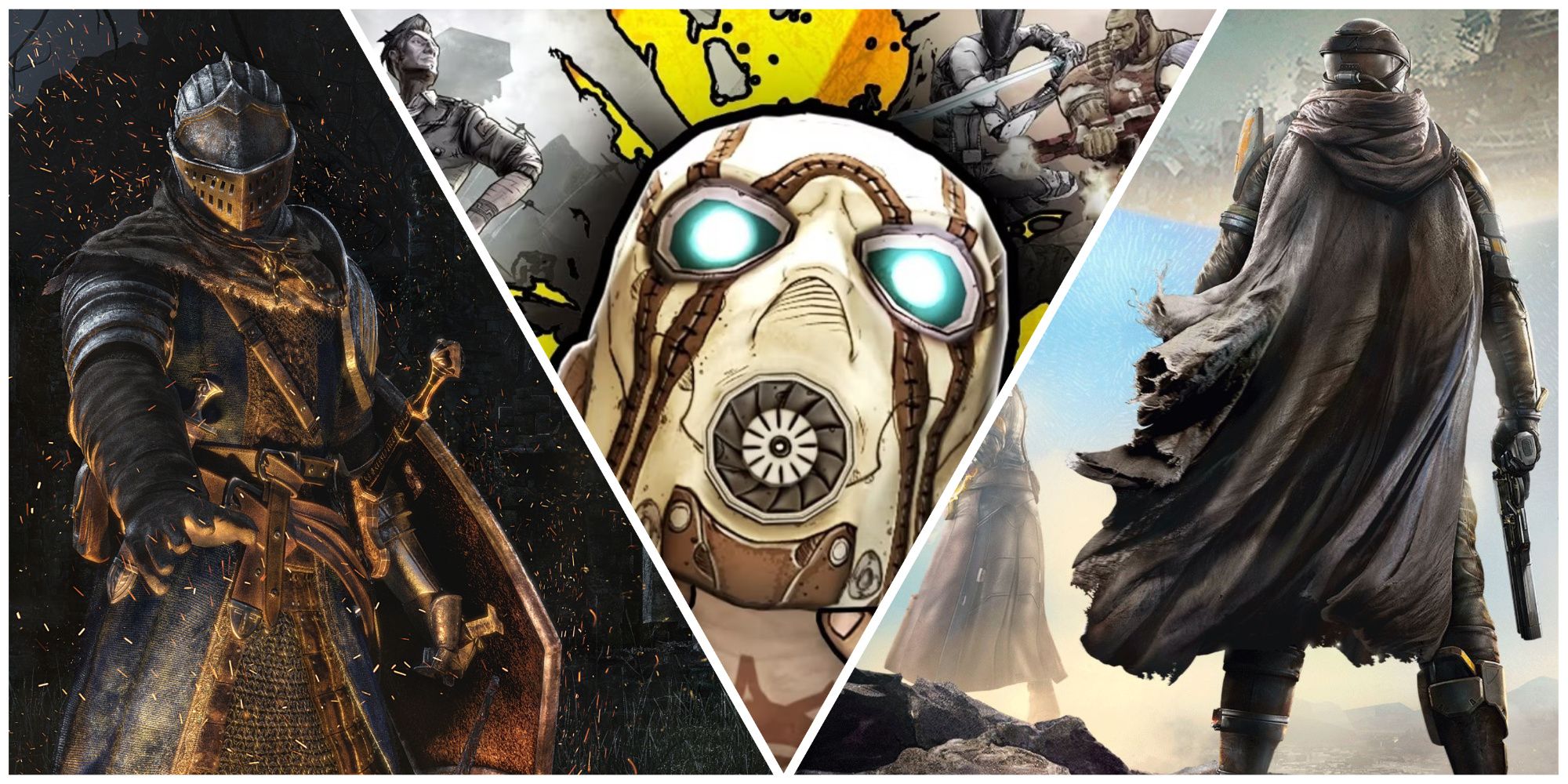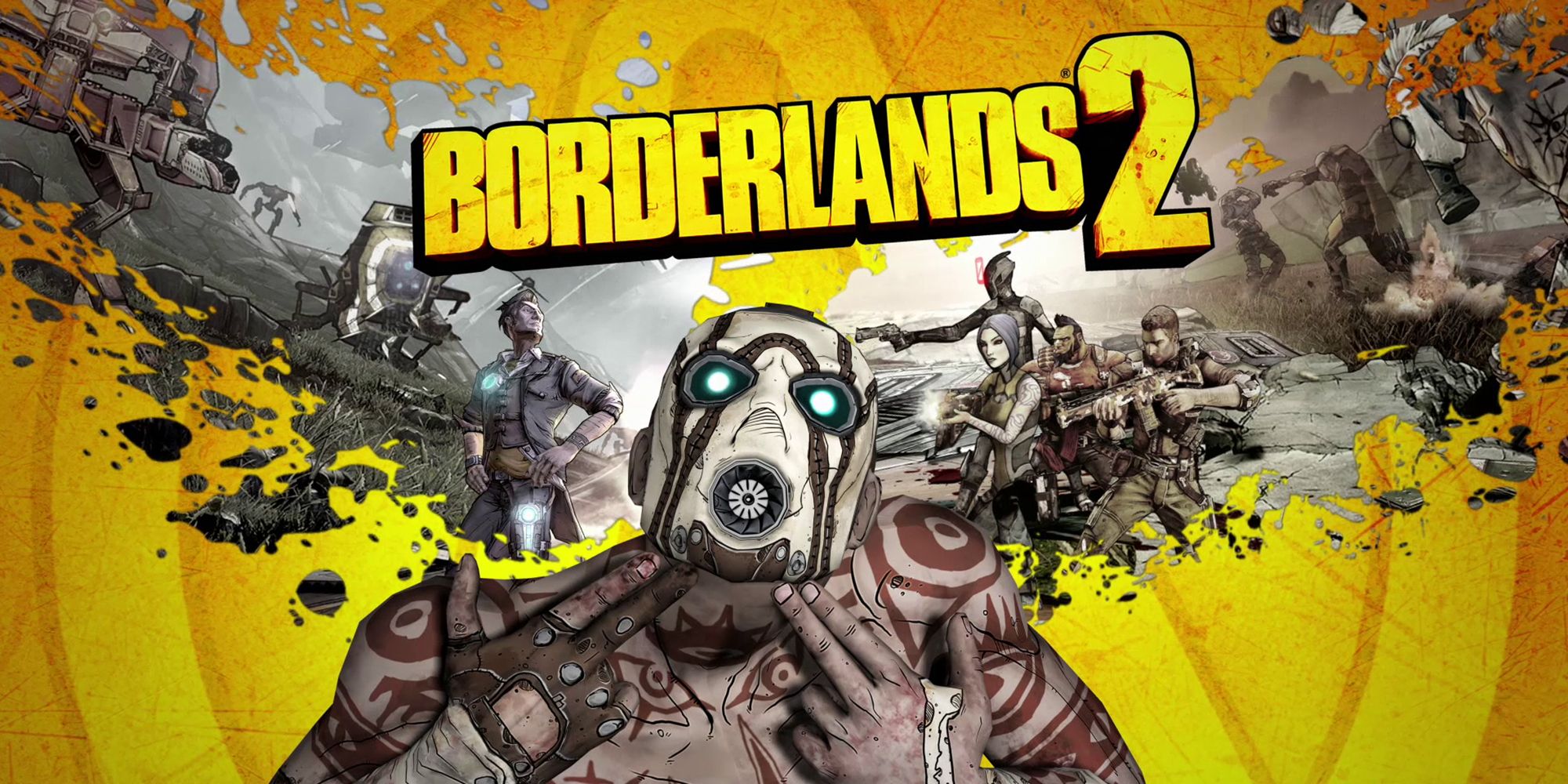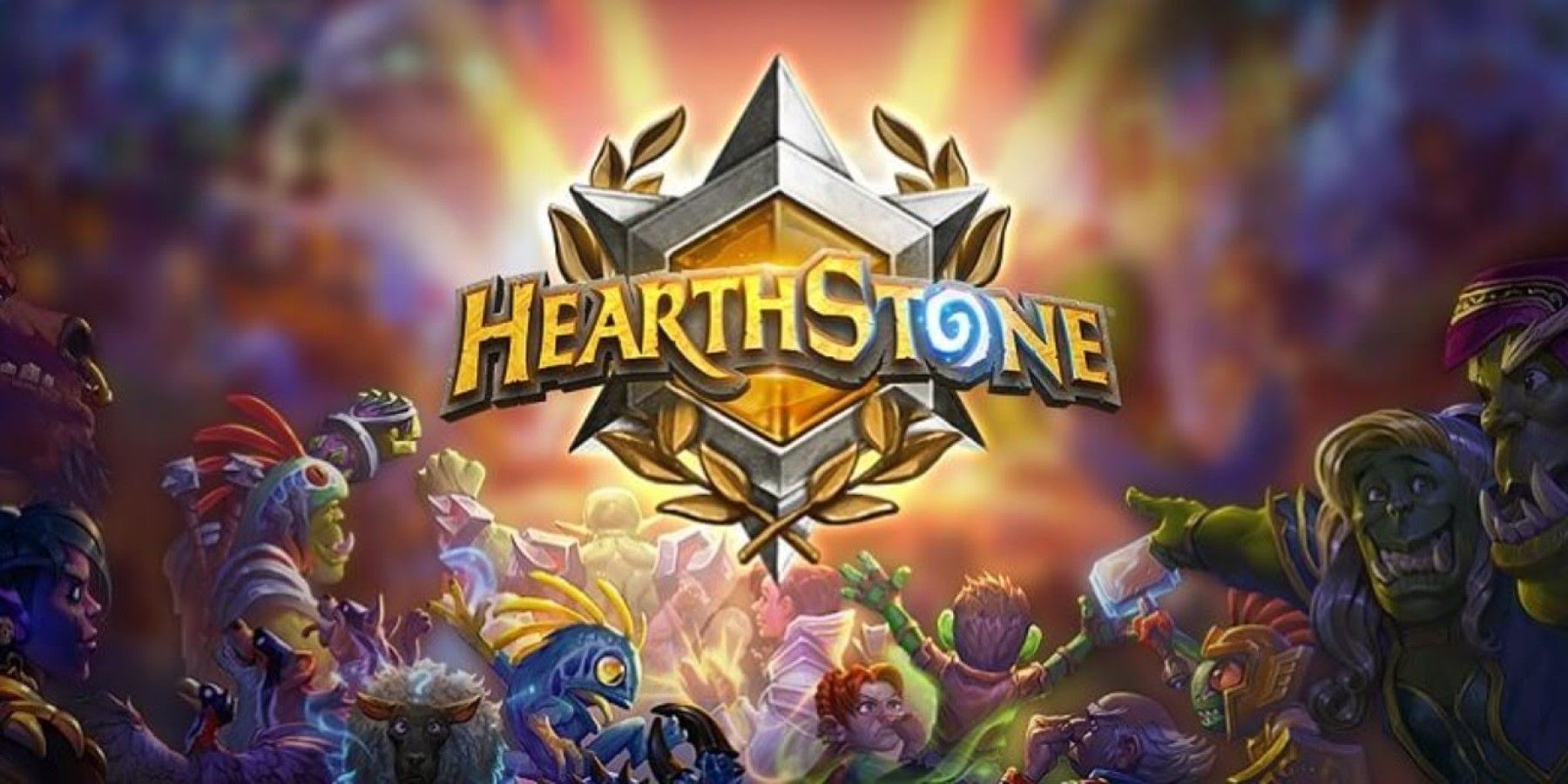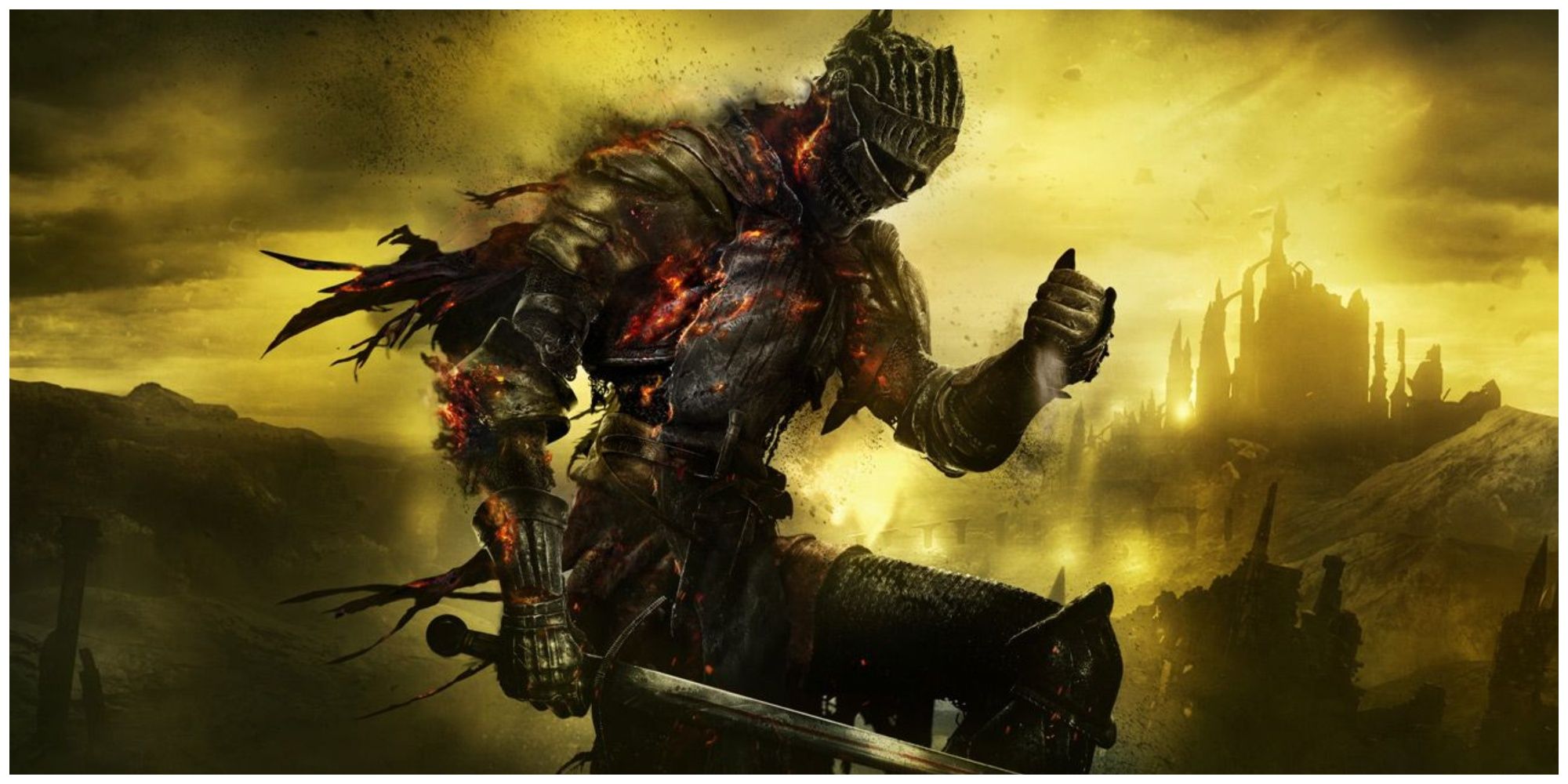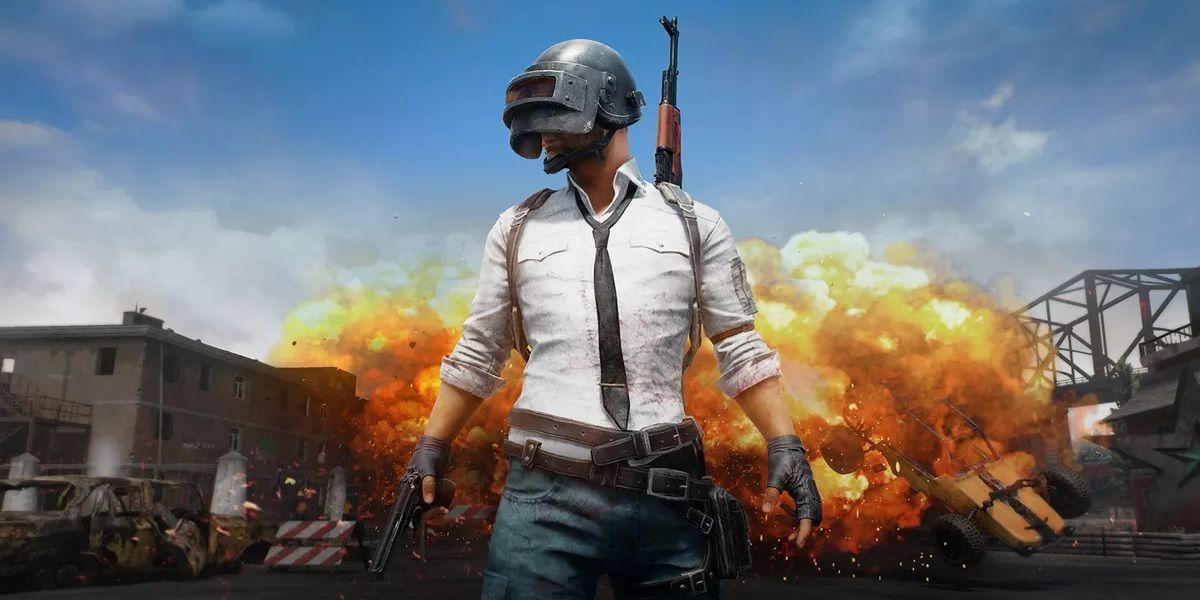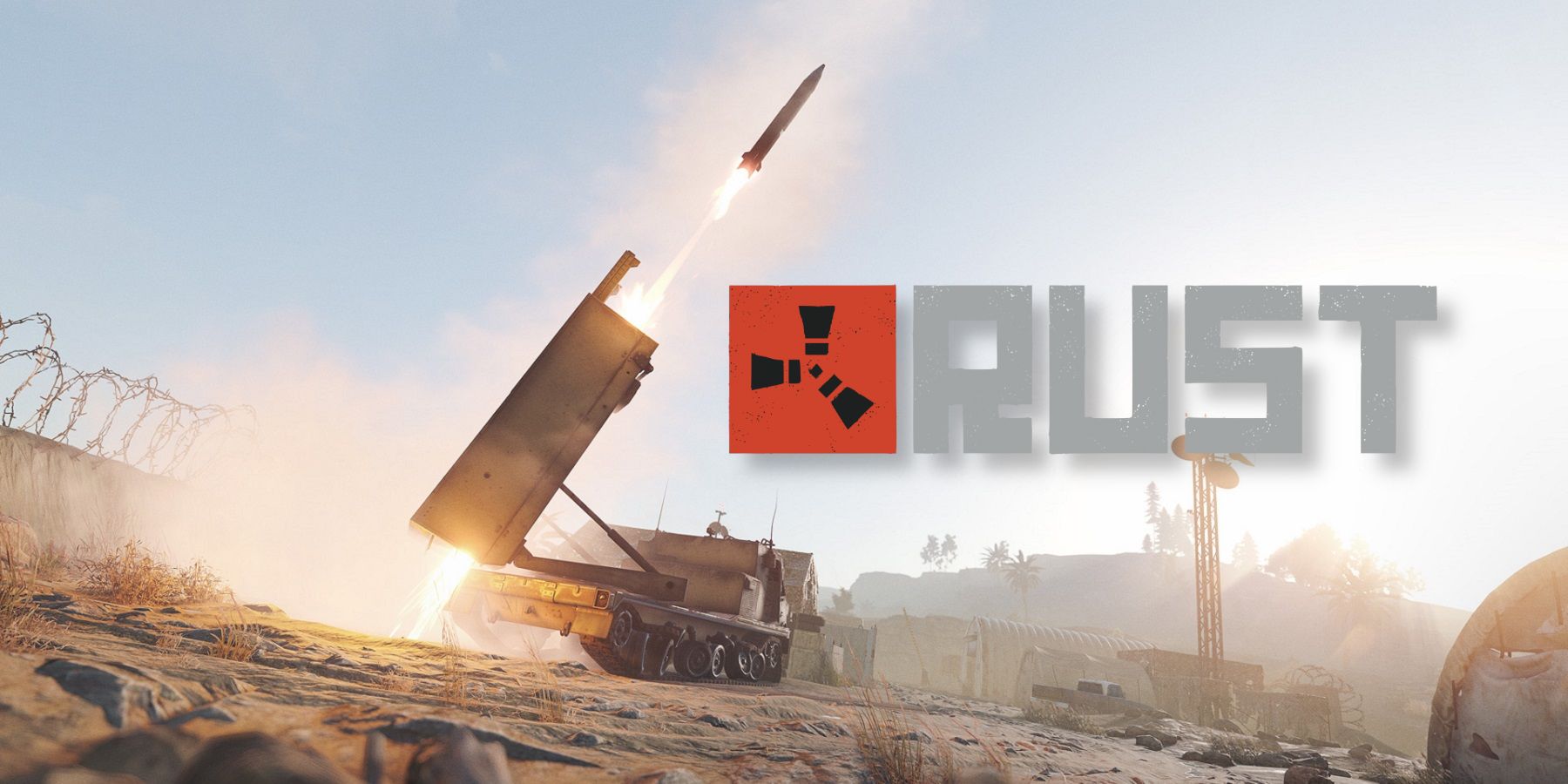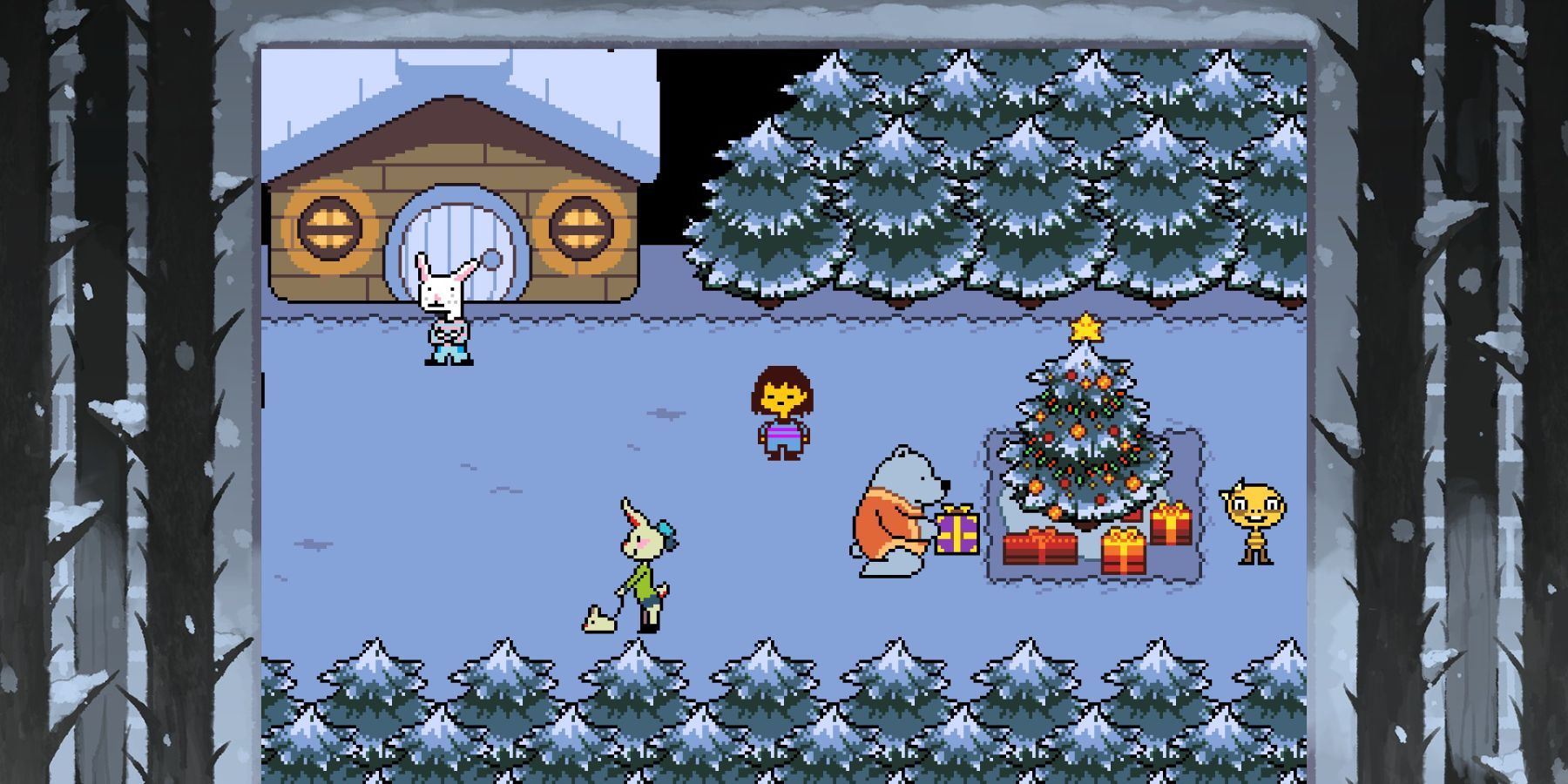Highlights
- The Looter Shooter genre, sparked by Borderlands 2, fuses MMO elements with FPS gameplay and tantalizing loot drops.
- The Digital Collectable Card Game genre, sparked by Hearthstone in 2014, attracted other studios aiming to translate IPs into DCCGs.
- The Soulslike genre emerged after Demon's Souls and Dark Souls, invigorating the industry with challenging and lore-driven experiences.
Technology in video games has made an unfathomable amount of progress in the last few decades, and the 2010s were no exception. With improved tech came new possibilities, as the decade saw the emergence of many new genres, some being the natural evolution of popular trends, others seemingly coming out of nowhere, each one impacting gaming culture in a myriad of ways.
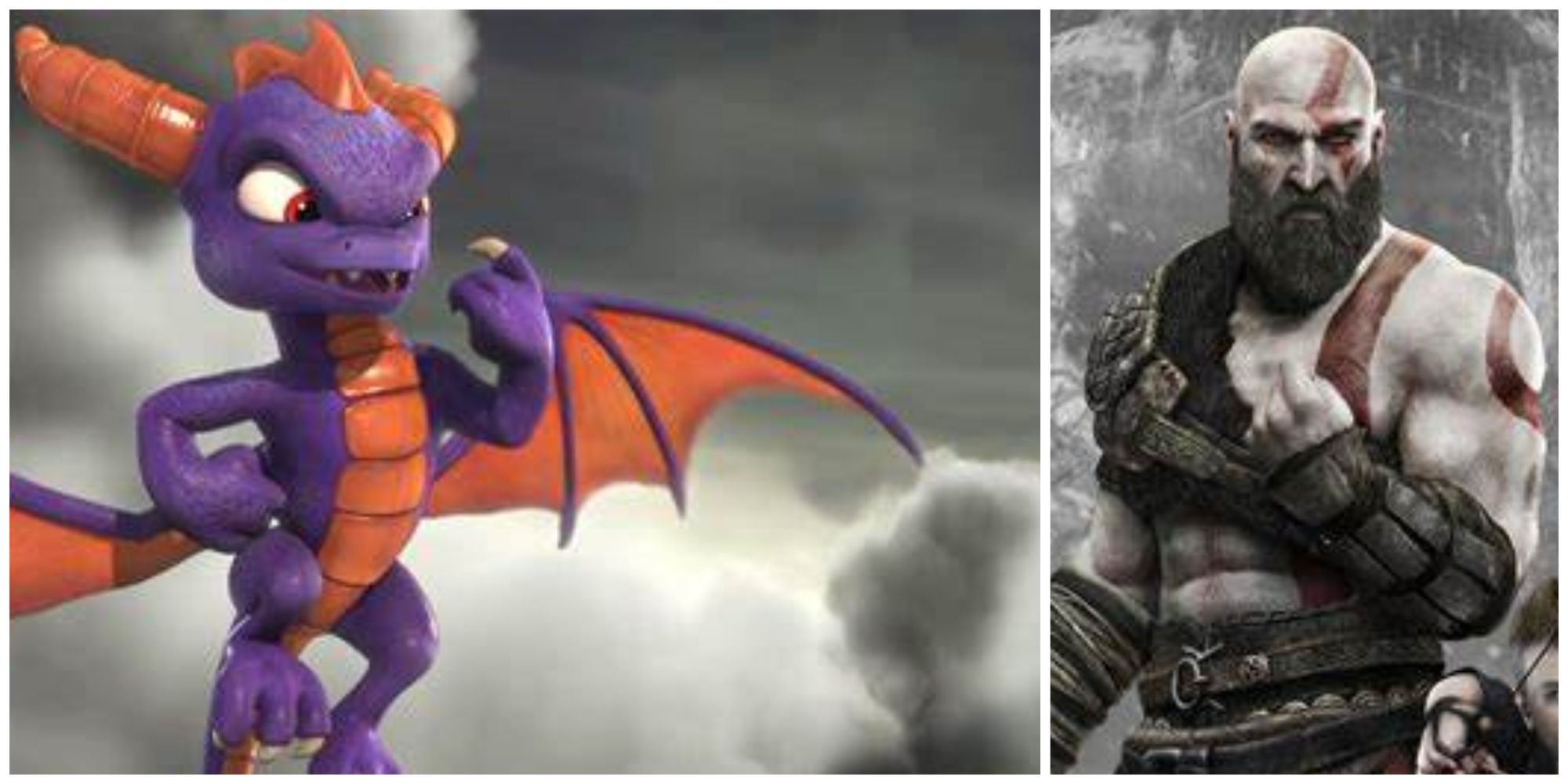
6 Gaming Characters That Seamlessly Fit Into Other Genres
Video game protagonists are designed to fit within their game's genre, but some game characters are so iconic they can hop between genres with ease.
Although they might seem like they belong perfectly in today's video game landscape, the rise of each of these genres marked important milestones in the medium's development and even caused industry giants to fall in line. Whether the 2010s went by in a flash or now feel like memories of another life, and whether these genres stuck around or faded away, these genres are worth celebrating.
The Looter Shooter
Head Explode, Number Go Up
- The looter shooter involves tight gunplay and gaining a shower of drops with ever-increasing damage stats
- The medium was sparked by Borderlands 2, with several live service games following the trend
All the addictiveness of a spreadsheet-enabled MMO experience with the twitchiness of a first-person shooter. Each kill or quest births a cashe of color-coded new boomsticks, firing up players' dopamine injectors and prompting them to see what kind of big numbers an itchy trigger pull can rip out of the next target. Hellgate: London was technically the first to get the genre going with its randomized drops and maps, but the Borderlands series, the second entry in particular, ignited the craze.
Warframe and Destiny continued to evolve the concept and brought the genre into the realm of the "live service." The genre continued to flourish until the arrival of Anthem, which began the slowing down of the looter shooter hype train, perhaps due to a dampened appetite for the live service model. Nonetheless, non-service multiplayer entries such as Deep Rock Galactic, Roboquest, and Risk of Rain 2 demonstrate that looter shooters continue to hold appeal beyond the limits of the decade.
The Digital Collectable/Tradable Card Game
Addictive Card Games, Now Without The Paper Cuts
- The DCCG was almost single-handedly popularized by 2014's Hearthstone
- Other game companies tried their hands at the genre with some of their most popular IPs like The Witcher and The Elder Scrolls
Anyone who has been around long enough will know how popular collectibles can be. While tradable, collectible card games remained a playground obsession for kids and a niche hobby for adults alike during the 90s and 2000s, a few studios put out video game versions of popular card games with some success, such as Pokemon: The Trading Card Game. However, Hearthstone's release in 2014 shuffled the digital collectible card game (DCCG) into a winning play in the video games industry.
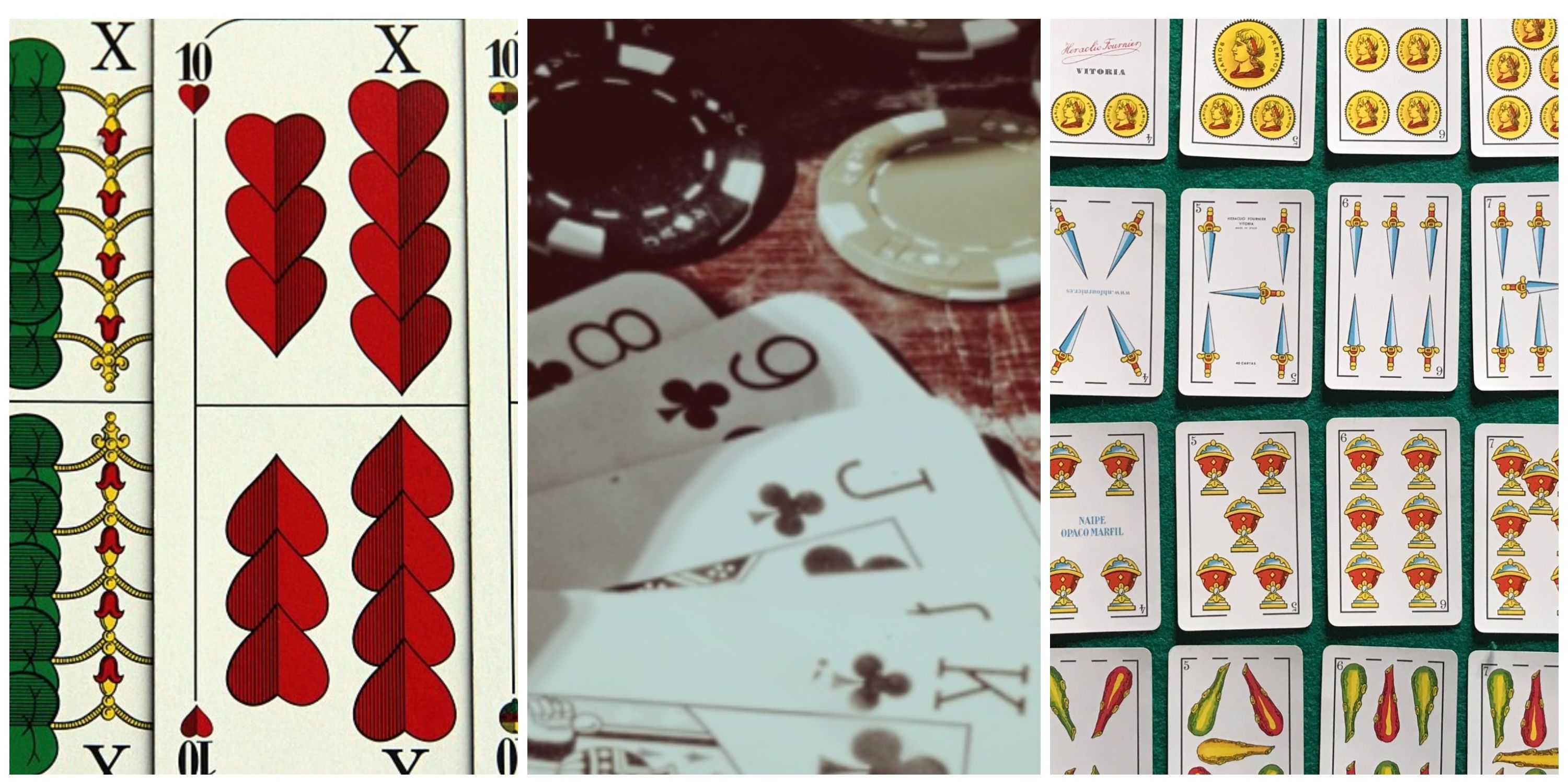
10 Oldest Card Games
Card games have been around for a very long time, but these games are among the most ancient card games out there.
Thanks to crisp graphics, pleasingly tactile UI interactivity, and strong characterization based on Warcraft lore, the game became a hit with fans and newcomers to the Warcraft universe alike. CD Projekt Red later played their hand with Gwent: The Witcher Card Game, which includes elements of the physical trading side of the hobby. Other large companies tried their hand at turning their IPs into DCCG, such as The Elder Scrolls: Legends and Magic: The Gathering Arena, while smaller studios output a whole deck of stellar digital card games with their own twists.
The Soulslike
Prepare To Die (And Be Sure To Take Notes)
- Veteran game developers FromSoft popularized the soulslike genre after releasing Demon's Souls and Dark Souls
- Soulslike games contain a number of common elements, including intense difficulty, dystopian fantasy worlds, and minimal environmental storytelling
FromSoftware's Demon's Souls originally appeared at the start of 2009 in Japan and close to the end of the year in North America. However, the clamoring for Soulslike games really picked up following the release of its spiritual successor, Dark Souls, in 2011. This kickstarted the bonfire of grimdark fantasy copycats and aspirants, all of whom set off designing games with tough-as-nails difficulties, labyrinthian-level designs, mostly minimalist and piecemeal storytelling, and ruined worlds doomed to oblivion.
FromSoftware outputted many of the most famous Soulslike games (or Soulsborne games, to accommodate for Bloodborne), but some high-profile names also took the genre and ran with it, including Team Ninja with Nioh and Bandai Namco's Code Vein. Soulslike elements were successfully supplanted into other genres and franchises, including Hollow Knight, Blasphemous, God of War, and even Star Wars Jedi: Fallen Order. As the Soulsike continues to evolve, its popularity appears to hold fast well into the mid-2020s.
The Battle Royale
Hundreds Of Combatants, Only One Prize
- What began as a mod sparked a whole genre of games involving large groups of players battling for dominion over a shrinking arena
- A small number of games managed to capture the battle royale market, including Apex Legends and PUBG
Named after the Japanese film and novel of the same name that explored the same premise (but with high school kids), the battle royale or "last man standing" game mode had existed in video games long before 2010. However, the technology that allows hundreds of players to run around a multiplayer map simultaneously only appeared with the arrival of Player Unknown's BattleGrounds in the latter half of the decade.
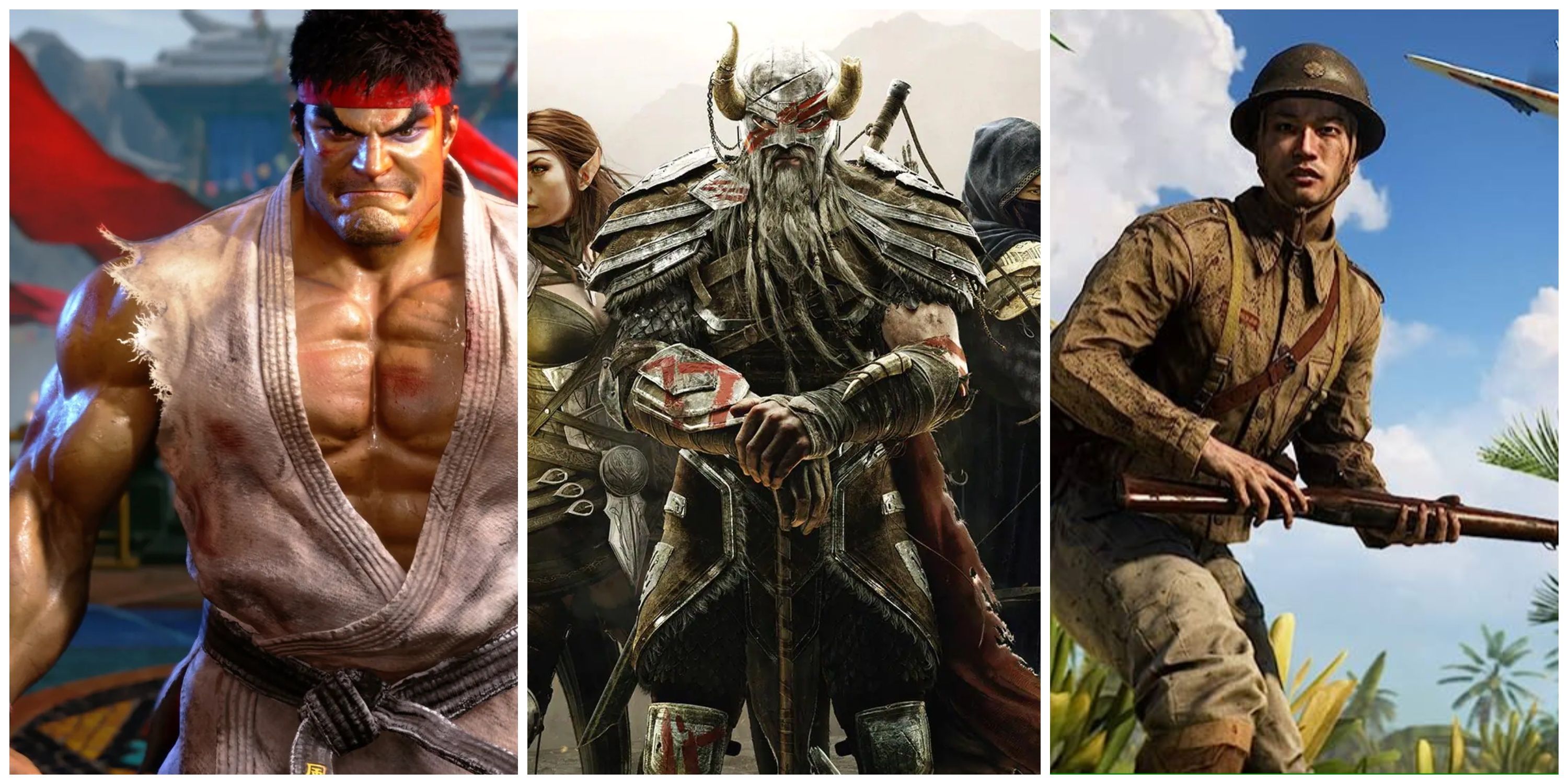
12 Best PvP Open-World Games, Ranked
The best open-world games feature a PvP style map where the competition is always out there.
The game originally began as an Arma 2 mod before its popularity got out of control. After PUBG, the battle-royale-loving fanbase consolidated around a small number of games with their preferred multiplayer mode, namely Apex Legends and Fortnite. Many other AAA companies entered the ring only to get starved out by an indifferent fanbase.
The Base-Building & Survival Game
The Tree-Punching, Bug-Eating, Enemy-Griefing Great Outdoors
- Large open-world games such as Minecraft and DayZ set the standard for first-person survival games at the start of the decade
- Players compete for resources, weapons, and territory as they continuously scavenge and craft to improve their survival odds
The surge in popularity of survival games with base-building mechanics began with entries like Minecraft and DayZ, which blended elements of resource management, crafting, exploration, and cooperative or versus-player interaction from a first-person perspective. In games like Rust, bare-handed players are dropped into the world to contend with not only environmental hazards but also other players.
No two playthroughs are the same, given the procedural generation and general chaos of naked survival. The genre emphasizes shaping the environment to improve access to resources, defense, and better technology. As the genre evolved, it diversified to include more narrative-driven experiences like The Long Dark and Green Hell. The genre also produced Don't Starve and Valheim, which took third-person perspectives and put their own quirky and mythological twists on the genre, respectively.
The Indie Game
A More Democratized Form Of Video Game Creation
- An indie game is generally characterized by a game's lower budget and higher creative freedoms
- Although the 2010s saw an indie boom, it also saw a saturation of the market as indie studios began struggling for audience visibility
Technically, "indie" is less of a genre and more of a business model in which a studio's creative direction is more or less dictated by the people working on the game rather than the money people. Nevertheless, the indie game market saw a great surge in popularity in the 2010s. This was in part thanks to the availability and accessibility of game development software and tools the decade prior, such as Unity, and the advent of digital distribution publishing platforms like Steam and GoG, on which practically anyone could get a game put on the storefront.
Bedroom coders had always been around making games, but with the success of games like Journey, Shovel Knight, Undertale, and the best-selling game of all time, Minecraft, the viability of the model became obvious. The video game medium saw a creative explosion with never-before-seen concepts and mechanics thanks to freedom of experimentation, from border-bureaucracy simulators to rhythm-based roguelikes. After an indie market saturation hit, 2015 saw the rise of gamers decrying the "indiepocalypse." Although the scene continues to thrive today, too many indie gems still struggle with the issue of discoverability.
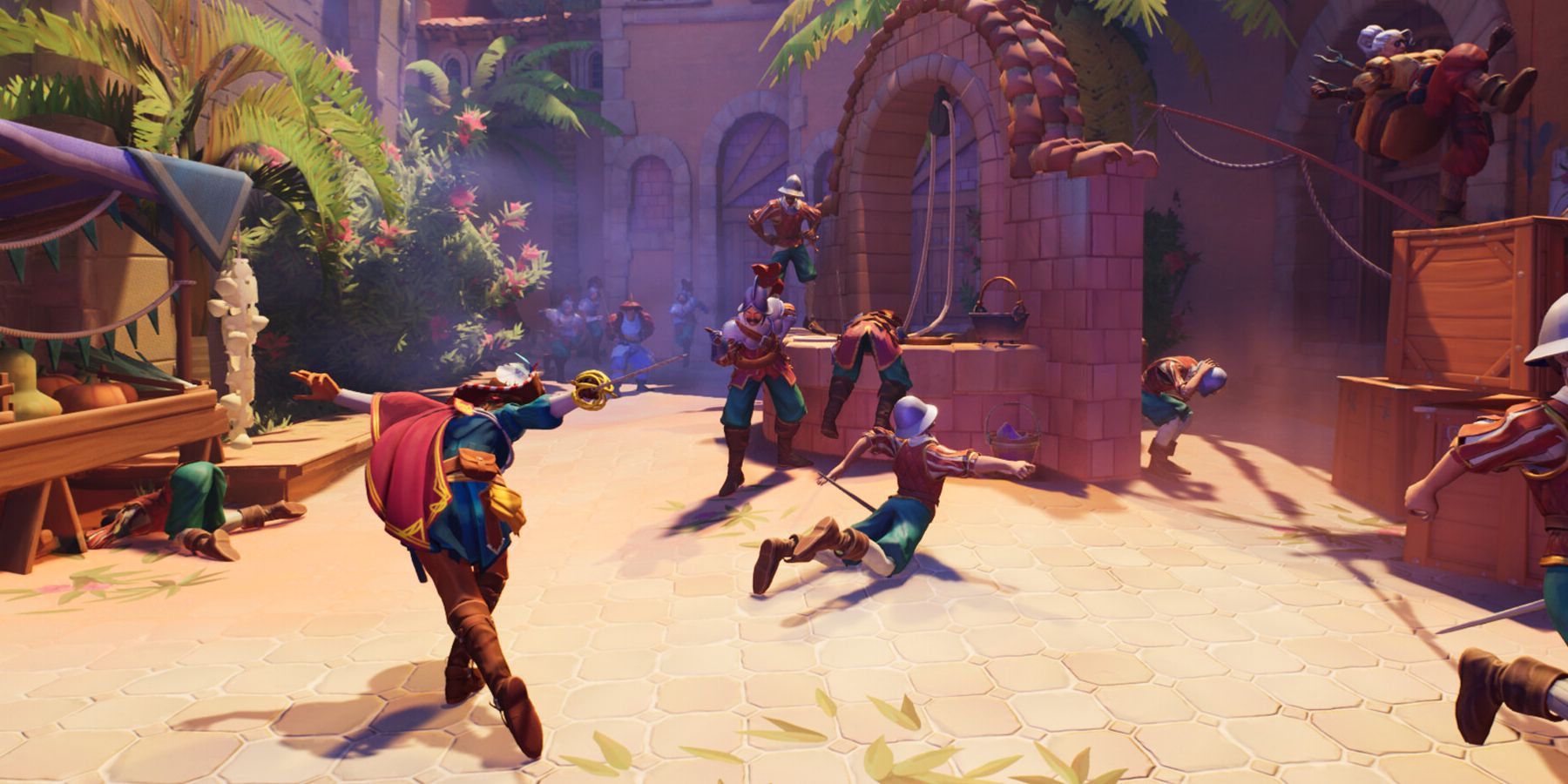
8 Hidden Gems On Steam You Never Knew About
There are well over 30,000 games currently available on Steam. Unfortunately, many quality indie titles have slipped through the cracks.

